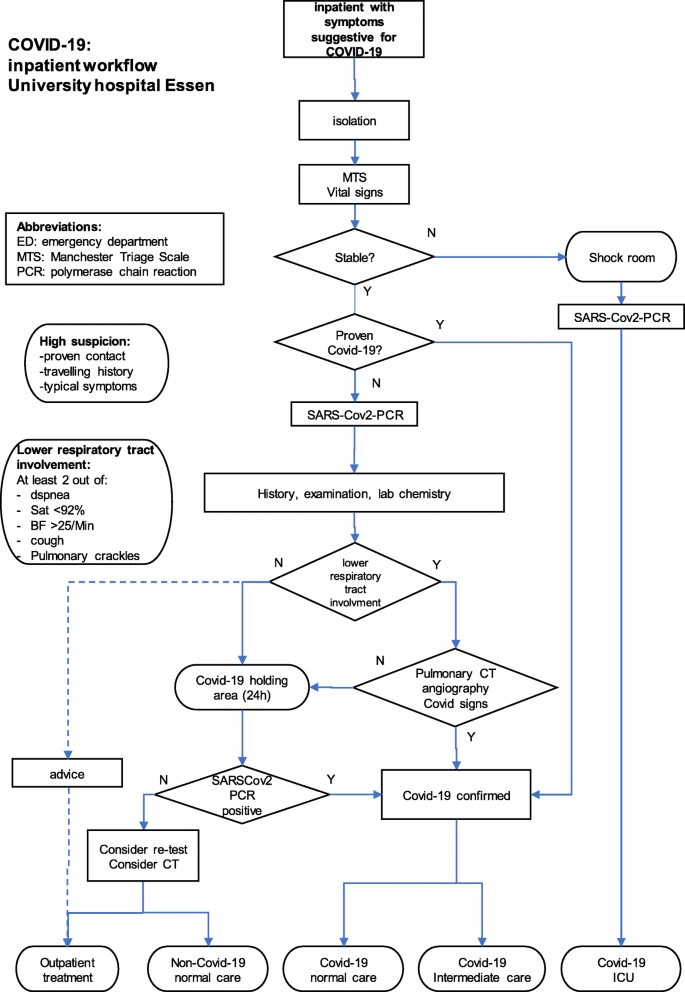The emergency severity index esi is a five level emergency department triage algorithm initially developed in 1999.
Triage categories in emergency room.
The emergency severity index esi the most prevalent 5 level system used in the us is a 5 level triage rule that categorizes patients into five groups as follows.
The australasian triage scale defines five categories into which emergency department patients can be placed.
Intubation to be stabilized.
The ats utilises five categories from category 1 an immediately life threatening condition that requires immediate simultaneous assessment and treatment to category 5 a chronic or minor condition which can be assessed and treated within two hours.
This is the place where each patient s condition is prioritized typically by a nurse into three general categories.
Ratings 1 and 2 relate to the most serious of illnesses and injuries.
If a hospital has a children s or pediatric emergency room young patients may be referred there which can reduce their overall wait time.
The triage program works best when most of the people needing care are in the non urgent category.
Emergency room triage like all facets of emergency medicine can be unpredictable and can fail.
The emergency severity index esi is a tool for use in emergency department ed triage.
A triage nurse must have a college degree pass a state licensing exam and have certification in several emergency related areas such as cardiopulmonary resuscitation cpr.
Esi triage is based on the acuity of patients health care problems and the number of resources their care is anticipated to require.
Triage is also commonly used in crowded emergency rooms and walk in clinics to determine which patients should be seen and treated immediately.
The esi provides a method for categorizing ed patients by both acuity and resource needs.
Triage ˈ t r iː ɑː ʒ t r i ˈ ɑː ʒ is the process of determining the priority of patients treatments by the severity of their condition or likelihood of recovery with and without treatment this rations patient treatment efficiently when resources are insufficient for all to be treated immediately.
It is maintained by the agency for healthcare research and quality ahrq.
Patients given a rating 1 are those currently experiencing life threatening illnesses or injuries that require immediate attention including conditions like requiring resuscitation haemorrhages severe burns or anaphylaxis.
Influencing the order and priority of emergency treatment emergency transport.
Esi 1 severely unstable must be seen immediately by a physician often require an intervention i e.
Triage may be used to prioritize the use of space or equipment such as operating rooms in a crowded medical facility.

